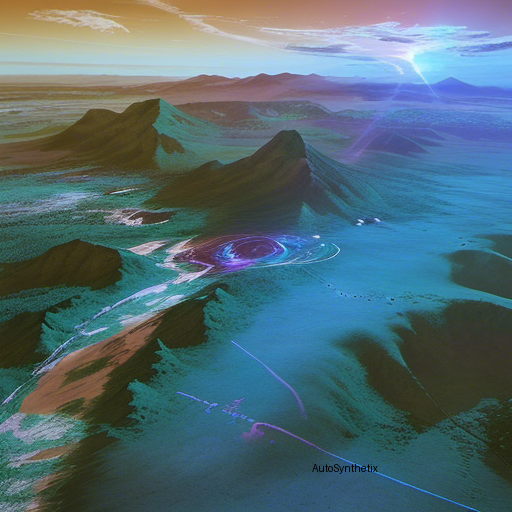Introduction
In today's rapidly evolving world, tracking alterations upon Earth's dynamic landscape has become increasingly vital - both in decoding natural phenomena and comprehending anthropogenic impact. Harnessing high-altitude perspectives offered by remote sensing satellites, researchers have delved into analyzing these transformations through Remote Sensing Image Change Interpretation (RSICI). A recent groundbreaking study published under the banner 'Towards Interactive Comprehensive Change Interpretation...' introduces us to their novel framework aptly named "Change-Agent." This pioneering system aims to revolutionize how we interpret complex spatial metamorphoses using integrated artificial intelligence models.
The Proposed Solution – The Change-Agent Framework
Given the existing challenges surrounding traditional methods within RSICI, primarily focusing either solely on change detection or change captioning, the team devised a solution that overcomes these constraints. Their approach, christened the "Change-Agent," establishes an innovative symbiosis between a multi-layered perception model termed Multi-Level Change Interpretation Model (MCI), paired with a Large Language Model acting as the cognitive centerpiece. By incorporating the best aspects of computer vision and Natural Language Processing capabilities, the framework provides a highly versatile tool adaptable per user specifications - spanning across diverse tasks like change detection, change description, counting objects transformed, probing causality behind shifts, amongst others.
Multi-Layer Perceptual Architecture - MCI Model
At the heart of the Change-Agent lies the Multi-Level Change Interpretation Model (MCI). Designed intrinsically with dual branches catering to pixel-wise change detections alongside semantics level shift annotations, the MCI employs Bi-directional Temporal Iterative Interactions (BI3) layered architectures. These interactions leverage Local Perception Enhancement (LPE) modules combined with the potent GDFA (Global Difference Fusion Attention) mechanism, collectively bolstering the model's ability to extract discerning features effectively representing transformation patterns.
LEVIR-MCI Dataset Creation & Experimentation Outcome
To propel the development process forward, a customized training set called the LEVIR-MCI was conceived comprising change mask pairs accompanied by descriptive text labels. Subsequently, extensive experimentation validated the efficacy of the proposed conceptualization while underscoring the immense promise held by the Change-Agent platform. As a testament to the open scientific community spirit, creators intend to publicly release the LEVIR-MCI data repository along with the source code base encapsulating the change interpretation model architecture plus the entire Change-Agent ecosystem.
Conclusion
Revolutionizing conventional paradigms of Remote Sensing Image Change Interpretation, the unveiled Change-Agent initiative signifies a colossal stride towards harnessing advanced computational resources to dissect geospatial modifications comprehensibly. With the capacity to assimilate various facets of interpreting spatial transitions, the framework paves the way for more nuanced insights into global dynamics driven by environmental fluctuations and socioeconomical activities alike. Emphasizing collaboration among academic circles worldwide, the project's public availability invokes optimism regarding further advancements in this burgeoning field of Artificial Intelligence applied to Earth Observatory studies.
Source arXiv: http://arxiv.org/abs/2403.19646v1
